Exploring the Healthy Twist: A Paleo Baklava Recipe for a Guilt-Free Dessert
If you’re looking for a dessert that delights the senses while keeping in line with a health-conscious eating plan, a paleo baklava recipe is the answer. This dish transforms the classic baklava, which is often laden with refined sugars and unhealthy fats, into a guilt-free treat. Let’s explore how to make this delicious dessert that you can enjoy without straying from your dietary goals.
Why Choose a Paleo Baklava?
The paleo diet emphasizes whole foods that are natural and unprocessed. Traditional baklava is a sweet pastry made from layers of filo dough, nuts, and sugar syrup. However, in a paleo version, we swap out the harmful ingredients for healthier alternatives. Here’s why this adaptation is a smart choice:
- Minimal Processed Ingredients: Unlike standard baklava that uses refined sugars and flour, a paleo baklava avoids these by using natural sweeteners and nut flours.
- Healthy Fats: This recipe employs coconut oil or grass-fed butter instead of margarine or vegetable oils, giving you more nutritious fats that support health.
- Nut Variety: Nuts are a key component in baklava, offering protein and healthy fats. Use a blend of almonds, walnuts, and pistachios for a nutrient boost.
Key Ingredients for Paleo Baklava
Creating this delightful dessert requires a few essential ingredients:
- Nut Flour: Almond flour serves as the base, providing that lovely texture without wheat.
- Natural Sweetener: Use honey or maple syrup instead of refined sugars to achieve that sweet taste.
- Mixed Nuts: A blend of walnuts, almonds, and pistachios brings depth of flavor and nutrition.
- Coconut Oil: This serves as the butter substitute, keeping everything moist and flavorful.
- Spices: Cinnamon and vanilla extract add warmth and enhance the dessert’s rich taste.
A Step-by-Step Paleo Baklava Recipe
Now that you know the benefits and ingredients, let’s dive into the easy preparation:
- Preheat Your Oven: Set your oven to 350°F (175°C).
- Prepare the Nut Mixture: In a bowl, combine 1 cup almond flour, 1 cup mixed nuts (finely chopped), 1 teaspoon cinnamon, and a pinch of salt.
- Make the Sweet Syrup: In a small saucepan, mix ½ cup honey or maple syrup with ¼ cup water and bring it to a gentle simmer. Allow it to reduce slightly for about 10 minutes. Add a splash of vanilla extract at the end.
- Assemble the Baklava: Use a baking dish and layer it with coconut oil. Spread a thin layer of the nut mixture, followed by another layer of almond flour. Repeat this process, alternating layers and brushing with coconut oil in between.
- Bake: Once assembled, bake in the preheated oven for about 25–30 minutes until golden brown.
- Drizzle with Syrup: Remove from the oven and while warm, pour the sweet syrup evenly over the baklava. Allow it to cool before cutting into pieces.
Tips for Enjoying Your Paleo Baklava
When your paleo baklava is ready, consider these tips for serving and storage:
- Pair with Tea: This dessert pairs wonderfully with herbal or green tea, making it a perfect end to your meal.
- Store Properly: Keep any leftovers in an airtight container in the fridge for up to a week. The flavors will meld beautifully over time!
- Experiment with Flavors: Feel free to try other spices or add a bit of citrus zest for a unique twist.
A paleo baklava is not just a dessert; it’s a celebration of flavors. By reimagining this classic dish, you can indulge your sweet tooth while remaining true to your health goals. Enjoy each bite knowing that you are treating yourself to something nutritious and delicious!
The History and Evolution of Baklava: From Traditional to Paleo Variations
Baklava, a sweet pastry made of layers of dough, nuts, and honey or syrup, has a rich history that dates back centuries. Its origins are often debated among various cultures, particularly in the Middle East, Mediterranean, and Balkan regions. This pastry has evolved significantly over the years, transitioning from its traditional roots to modern variations like the paleo baklava that caters to contemporary dietary preferences.
Traditional Origins of Baklava
The history of baklava is intertwined with the culinary practices of several ancient civilizations. It is believed that the first form of baklava originated in the Assyrian Empire around the 8th century B.C. In this early version, layers of dough were filled with chopped nuts and sweetened with honey. As the years progressed, baklava spread across various regions, including Turkey, Greece, and the Middle East.
The Ottomans played a significant role in the spread and popularity of baklava. They refined the recipe by using thinner layers of dough, which contributed to the delicate texture we know today. During the 15th and 16th centuries, baklava became a staple in royal kitchens and enjoyed by nobility across the Ottoman Empire. This versatility allowed baklava to absorb various influences, leading to diverse regional recipes.
Modern Variations of Baklava
With the passage of time, baklava has adapted to different tastes and dietary needs. Various nuts, such as pistachios, walnuts, and almonds, have been used in its filling. The sweetener has also seen changes, from traditional honey and syrup to modern options like agave or maple syrup. Each culture has embraced baklava differently, making it a unique culinary experience around the globe.
Paleo Baklava: A Healthier Twist
As dietary trends shifted towards healthier eating, the paleo diet gained popularity in recent years. The paleo lifestyle is based on the idea of consuming foods similar to what early humans ate. This includes whole foods and eliminates processed ingredients, grains, and refined sugars. As baklava evolved, so did its recipes, leading to the creation of paleo baklava.
- No Grains: Traditional baklava uses phyllo dough, a grain-based pastry. Paleo baklava replaces this with nut-based crusts made from almond or coconut flour, making it suitable for a paleo diet.
- Natural Sweeteners: Instead of using refined sugar or corn syrup, paleo baklava opts for natural sweeteners like honey or maple syrup. These alternatives align better with paleo principles.
- Nuts and Seeds: Traditional baklava generally features nuts such as walnuts or pistachios. In paleo baklava, you can use a mix of nuts and seeds for added flavor and texture while staying healthy and nutritious.
The paleo baklava not only retains the traditional flavors but also offers a healthier option for those looking to indulge without straying from their dietary choices. It’s a perfect way to enjoy a classic dessert while adhering to your health goals.
Making Paleo Baklava
If you’re ready to try your hand at making paleo baklava, the following recipe can guide you. It blends the essence of traditional baklava with modern, healthy ingredients.
Ingredients:
- 1 cup almond flour
- 1 cup chopped nuts (walnuts, pistachios)
- 1/4 cup melted coconut oil
- 1/4 cup honey or maple syrup
- 1 teaspoon cinnamon
- Pinch of salt
Instructions:
- Preheat your oven to 350°F (175°C).
- In a bowl, mix the almond flour, melted coconut oil, sweetener, cinnamon, and salt until a dough forms.
- Press the dough into a greased baking dish, forming a thin layer.
- Sprinkle the chopped nuts evenly over the dough.
- Add another layer of dough over the nuts, pressing down gently.
- Bake for 20-25 minutes or until golden brown.
- Let it cool before drizzling with extra honey or maple syrup.
Through its journey from ancient times to modern adaptations, baklava has proven to be a versatile dessert that continues to delight people worldwide. Whether you enjoy its traditional form or opt for healthier varieties like paleo baklava, this sweet treat remains a cherished part of culinary heritage.
Conclusion
As you embark on your culinary journey into the world of paleo baklava, you discover a delightful intersection of health and tradition. This guilt-free dessert offers a refreshing twist on a classic dish without sacrificing the rich flavors and textures that make baklava so beloved. By swapping out traditional ingredients for paleo-friendly alternatives, you create a version that not only satisfies your sweet tooth but also aligns with your health goals.
The history of baklava reflects its cultural significance, evolving through various regions and influences. By embracing a paleo approach, you honor this tradition while also making it more accessible to those seeking a nutritious lifestyle. Each layer of nutty goodness, drizzled with honey or maple syrup, tells a story of culinary adaptation that can be enjoyed by everyone, regardless of dietary preference.
Preparing this paleo baklava can be a fun and fulfilling experience, allowing you to engage with the cooking process while inviting friends and family to enjoy a healthier indulgence. Whether you’re celebrating a special occasion or simply craving a sweet treat, this recipe offers a chance to delight your taste buds with a unique fusion of flavors.
So, the next time you find yourself yearning for a sweet finish to your meal, remember that you can have the best of both worlds. With this paleo baklava recipe, you can savor the past while embracing a healthier future, proving that delicious desserts can indeed be both indulgent and nutritious. Enjoy every crumb, knowing you’re making a choice that’s good for you and your well-being!
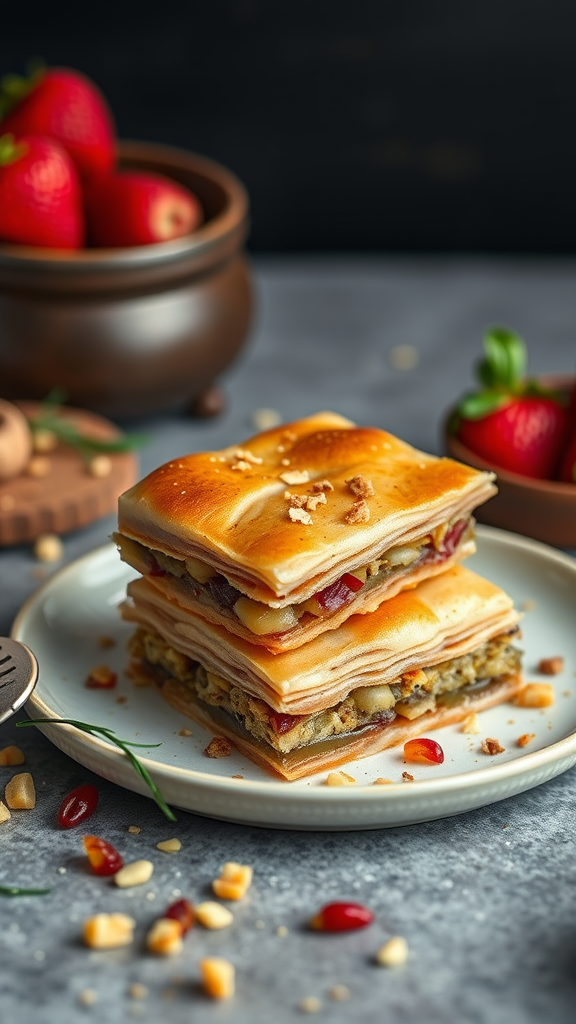
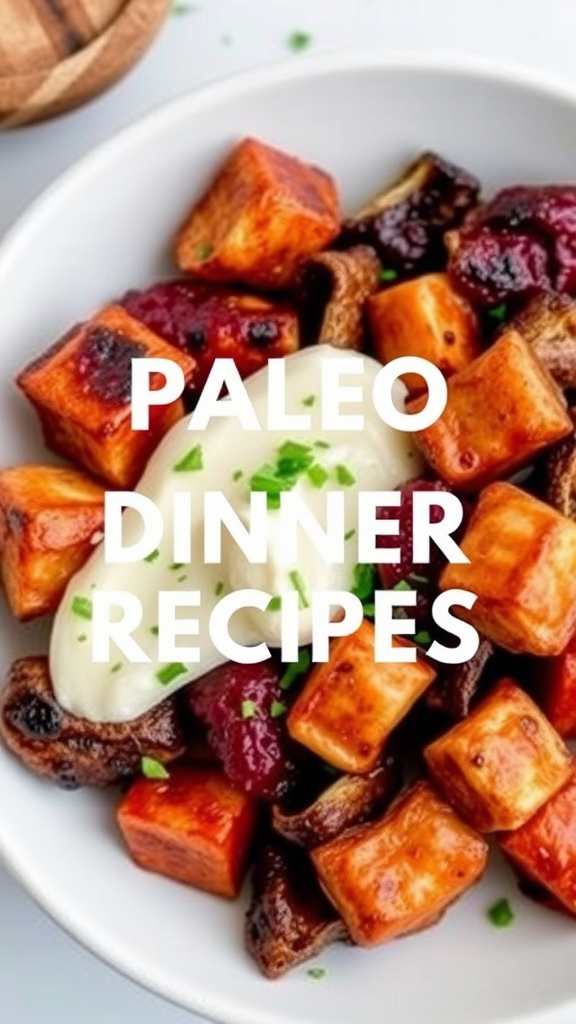
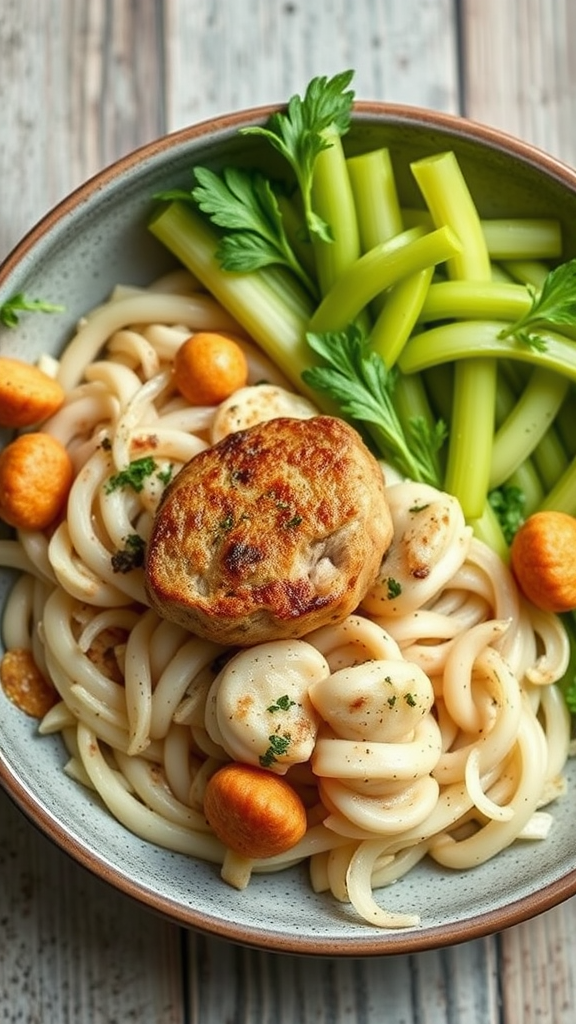
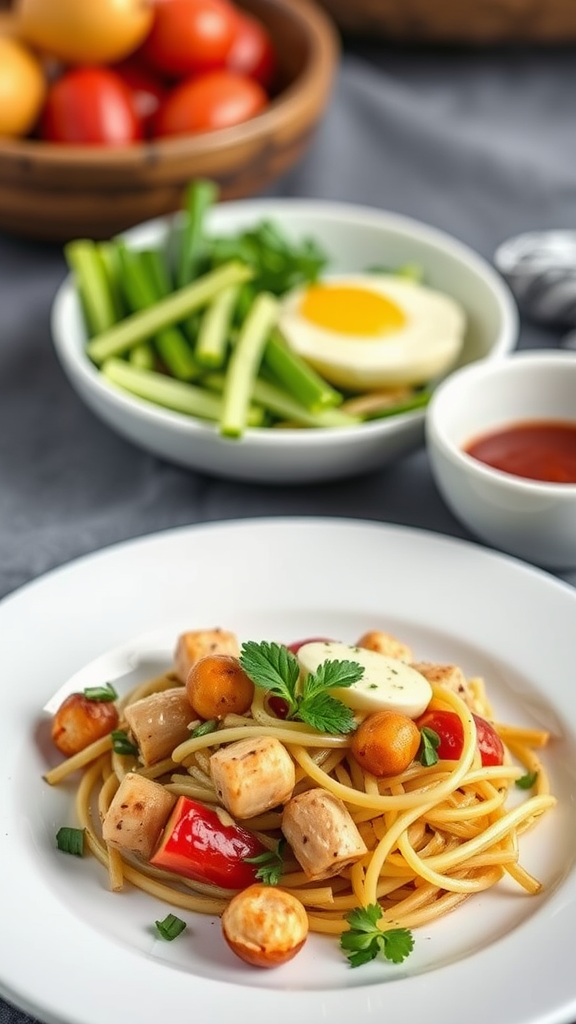
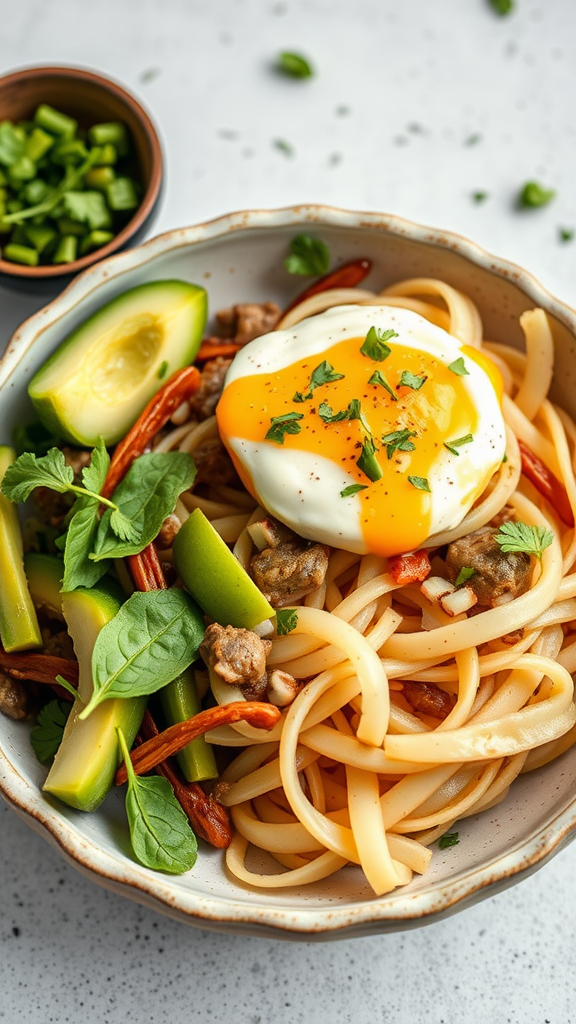
Leave a Reply